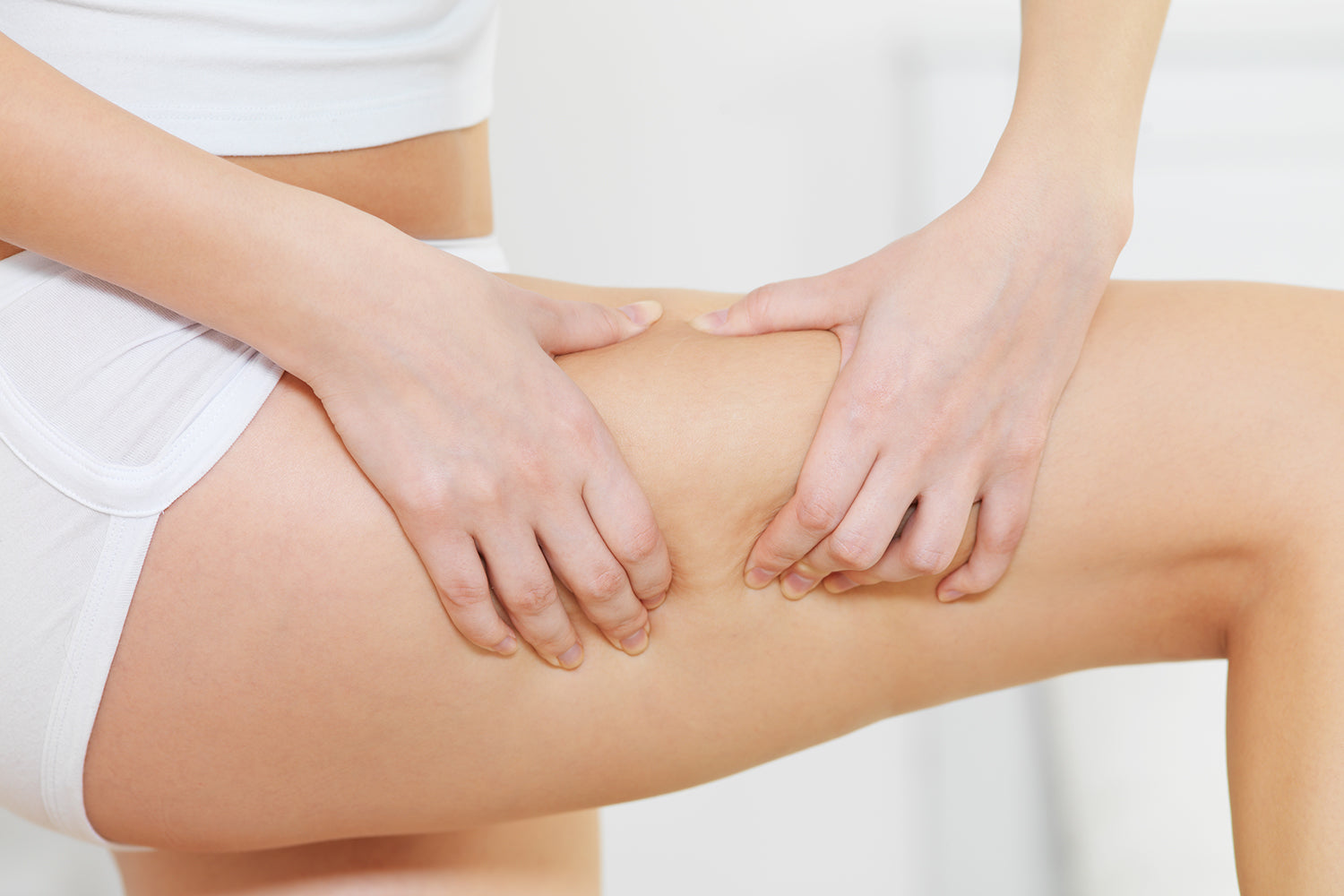Unveiling the Potential of Red Light Therapy for Cellulite: Fact or Fiction?
Cellulite is a common concern among many individuals, and finding effective treatments can be a challenge. In recent years, red light therapy has emerged as a potential solution for reducing the appearance of cellulite. With claims of improved skin texture and reduced dimpling, many people are curious about whether red light therapy can truly help combat cellulite. In this article, we will explore the topic of red light therapy and its possible impact on cellulite. Let's delve into the science behind red light therapy and its relevance to cellulite reduction.

Section 1: Understanding Cellulite
1.1 What is Cellulite?
Cellulite refers to the dimpled or lumpy appearance of the skin, commonly found on the thighs, buttocks, and hips. It occurs when underlying fat deposits push through the connective tissue beneath the skin, resulting in a textured appearance. Cellulite affects individuals of all body types and can be influenced by factors such as genetics, hormones, poor circulation, and lifestyle choices.
1.2 The Challenge of Treating Cellulite
Cellulite is notoriously difficult to address due to its multifactorial nature. Traditional approaches, such as diet and exercise, can help reduce overall body fat but may not specifically target cellulite. Various treatments and therapies have been developed to tackle cellulite, but their effectiveness varies, and long-term results can be limited.

Section 2: Red Light Therapy Explained
2.1 What is Red Light Therapy?
Red light therapy, also known as low-level laser therapy or photobiomodulation, involves exposing the skin to specific wavelengths of red or near-infrared light. These wavelengths penetrate the skin, stimulating cellular processes and promoting various benefits, including increased collagen production, improved circulation, and enhanced tissue repair.
2.2 The Mechanisms Behind Red Light Therapy
Red light therapy is believed to work through several mechanisms:
Increased collagen production: Red light stimulates fibroblast activity, promoting the production of collagen and elastin, which can improve skin elasticity and texture.
Enhanced circulation: The therapy can increase blood flow and oxygenation, which may help improve the health of the skin and surrounding tissues.
Reduction of inflammation: Red light therapy has been shown to have anti-inflammatory effects, potentially reducing swelling and improving skin appearance.

Section 3: Red Light Therapy and Cellulite Reduction
3.1 The Claims and Expectations
Supporters of red light therapy for cellulite reduction argue that the treatment can:
Improve skin texture: Red light therapy is said to enhance collagen production, leading to smoother and more uniform skin texture.
Reduce dimpling: By promoting circulation and stimulating cellular activity, red light therapy may help reduce the appearance of cellulite dimples.
Enhance lymphatic drainage: Some proponents suggest that red light therapy can improve lymphatic flow, potentially aiding in the removal of toxins and waste products associated with cellulite.
3.2 Scientific Research and Evidence
While anecdotal reports and testimonials abound, scientific evidence on the effectiveness of red light therapy specifically for cellulite reduction is limited. Most studies on red light therapy have focused on its benefits for wound healing, pain management, and skin rejuvenation, rather than cellulite treatment.
Section 4: Complementary Approaches for Cellulite Reduction
4.1 Lifestyle Modifications
Maintaining a healthy lifestyle comprising a balanced diet, regular exercise, and proper hydration can contribute to overall skin health and potentially minimize the appearance of cellulite.
4.2 Topical Treatments
Certain creams, lotions, and serums marketed for cellulite reduction may contain ingredients that temporarily tighten the skin or promote collagen synthesis. While these products may provide a temporary improvement in the appearance of cellulite, their effects are typically limited and not permanent.
4.3 Professional Treatments
In addition to red light therapy, numerous professional treatments are available for cellulite reduction. These may include massage techniques, radiofrequency therapy, ultrasound therapy, and laser treatments. Consulting with a qualified aesthetic professional can help determine the most suitable treatment options based on individual needs and goals.

Section 5: Conclusion
Cellulite is a common concern that affects individuals of various body types, and finding effective treatments can be challenging. While red light therapy shows promise in promoting collagen production, improving circulation, and enhancing tissue repair, scientific evidence specifically supporting its effectiveness for cellulite reduction is limited.
It is important to approach red light therapy for cellulite reduction with realistic expectations. While the therapy may offer some benefits for overall skin health and texture, it is unlikely to provide a complete solution for cellulite removal. Combining red light therapy with other approaches, such as a healthy lifestyle and professional treatments, may yield more significant and lasting results.
Disclaimer: The information provided in this article is for informational purposes only and does not constitute medical advice. Consult with a qualified healthcare professional or aesthetic specialist for personalized guidance and recommendations regarding cellulite treatment options.





